The Role of Precipitate Coherency on Helium Trapping in Additively Manufactured Alloy 718
- Name:
- Stephen Taller
- Email:
- [email protected]
- Phone:
- (208) 526-6918
| Name: | Institution: | Expertise: | Status: |
|---|---|---|---|
| Timothy Lach | Oak Ridge National Laboratory | This team member contributes expertise in helium trapping at interfaces, analytical electron microscopy, and microstructural characterization of irradiated alloys. | Other |
- Experiment Title:
- The Role of Precipitate Coherency on Helium Trapping in Additively Manufactured Alloy 718)
- Hypothesis:
- We will investigate the hypothesis that the larger free volume associated with an incoherent precipitate-lattice will act as a greater sink for helium compared to coherent precipitates, and thus reduce cavity formation on grain boundaries at high temperature.
- Work Description:
- The proposing team seeks use, through the Nuclear Science User Facilities, of the Michigan Ion Beam Laboratory (MIBL) for in-situ TEM ion irradiation with characterization and the Low Activation Materials Development and Analysis (LAMDA) facility at ORNL for sample preparation and detailed post irradiation electron microscopy. Relatively short dual ion irradiations at 10-3 dpa/s using 1.3 MeV Xe ions will be conducted with a high helium co-injection rate using 15 keV He ions at temperatures from 500-700°C to form cavities on precipitates and grain boundaries. The TF30 TEM located in MIBL is equipped with a DENS Wildfire In-Situ TEM Heating holder with high spatial stability and strong temperature control required for high temperature observations. The preparation of liftouts for irradiation on a DENS Nano-Chip will be performed at LAMDA and then specimens will be sent to MIBL for in-situ irradiation with post-irradiation examination to be performed at LAMDA.
"Precipitate and Cavity Evolution in Alloy 718 Under High Temperature In-situ Ion Irradiation using Machine Learning" Stephen Taller, TMS Annual Meeting and Exhibition 2023 March 19-23, (2023) Link
"Microstructural Evolution of Alloy 718 Under High Temperature In-situ Ion Irradiation with Machine Learning" Stephen Taller, Materials Science and Technology 2022 October 9-12, (2022) Link
"Microstructural Evolution of Alloy 718 Under High Temperature In-situ Ion Irradiation" Stephen Taller, Sixth International Workshop on Structural Materials for Innovative Nuclear Systems (SMINS-6) September 12-15, (2022) Link
"Improving the Nuclear Materials Development Cycle with High Throughput Microscopy and Machine Learning" Stephen Taller, Deep Learning for Microscopy Image Analysis in Materials Science: Advancing Research and Education Workshop June 5-6, (2023) Link
About Us
The Nuclear Science User Facilities (NSUF) is the U.S. Department of Energy Office of Nuclear Energy's only designated nuclear energy user facility. Through peer-reviewed proposal processes, the NSUF provides researchers access to neutron, ion, and gamma irradiations, post-irradiation examination and beamline capabilities at Idaho National Laboratory and a diverse mix of university, national laboratory and industry partner institutions.
Privacy and Accessibility · Vulnerability Disclosure Program

